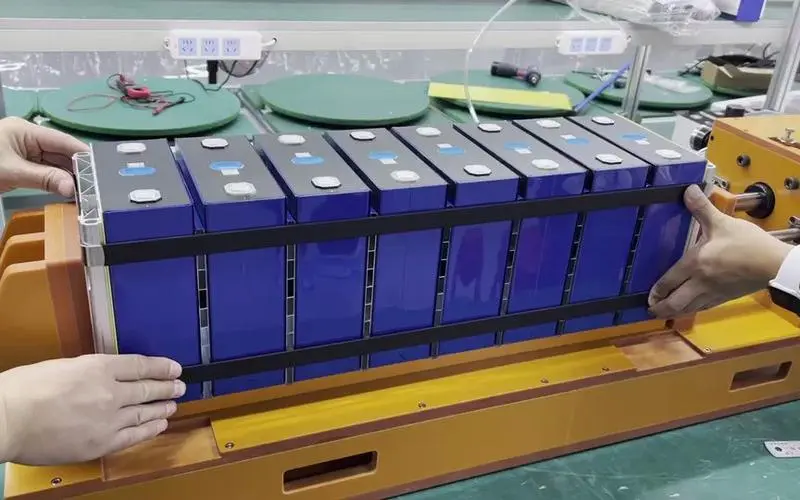 |
Welcome To Evlithium Best Store For Lithium Iron Phosphate (LiFePO4) Battery |
 |

Matching LiFePO4 batteries involves combining multiple cell monomers into a cohesive battery pack. Here are the general requirements for effectively matching LiFePO4 batteries:
When configuring a battery pack, it's crucial to select cells with similar performance characteristics, including voltage, capacity, and internal resistance. Using cells with comparable features improves the balance and consistency of the pack.
- Ensure cells come from the same production batch or have similar manufacturing parameters to minimize performance differences due to manufacturing variances.
- Cells should meet design requirements, such as nominal voltage, capacity, and maximum charge/discharge current. For example, a common nominal voltage is 3.2V, with capacities often around 100Ah.
Cells within the battery pack should have similar capacities to ensure the total pack capacity meets expected energy storage and release needs. Charge/discharge testing is commonly used for evaluating and matching cell capacities.
For example:
Cell # Capacity (Ah)
1 98.5
2 99.2
3 98.9
4 100.3
The cells in the pack should have similar voltage characteristics to ensure balanced pack voltages during charge/discharge and prevent overloading cells.
For example:
Cell # Voltage (V)
1 3.27
2 3.28
3 3.26
4 3.29
Cells should have similar internal resistance properties to ensure balanced current distribution during charge/discharge and prevent issues like overheating.
For example:
Cell # Internal Resistance (mΩ)
1 13.2
2 13.2
3 13.3
4 13.4
Temperature must be controlled during the configuration process to ensure cells are within appropriate temperature ranges, as temperature significantly impacts battery performance and lifespan.
Balanced charge/discharge ensures consistent cell states and is typically achieved via the BMS, which monitors and controls the charge/discharge of each cell.
Properly matching LiFePO4 cells is vital for building high-performance, safe DIY battery packs. Carefully following the recommended requirements for cell selection, capacity, voltage, resistance, temperature, and charge/discharge ensures your custom LiFePO4 pack will operate optimally for years. With careful matching, even novice builders can successfully construct DIY packs to meet their specific energy storage needs.
Edit by paco
All Rights reserved © 2025 Evlithium Limited